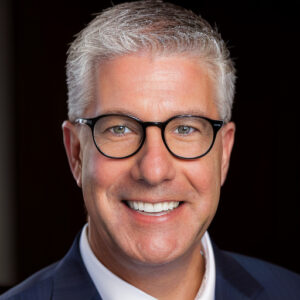Last week, we met with leaders from across the western states to discuss the impacts of the pandemic and where we go from here. While the issues California hospitals are facing are certainly not unique to our state, we are looked to as a model for the coordinated communication, advocacy, and strategies utilized during the pandemic — and as we navigate the post-pandemic waters.
With the pandemic waning, we are finally getting some much-needed breathing room to look beyond COVID-19. But the issues facing us are a stark reminder that COVID-19 is far from over, and its impact will be felt for years to come. It has devastated hospital finances, wreaked havoc on the workforce, and left many hospitals playing catch-up after two years of being laser-focused on the virus.
As we look ahead to the remainder of 2022, Hospital Council’s priorities will remain focused on COVID-19-related strategies. This includes supply chain, workforce, reimbursement, vaccination/booster distribution, and coordination of local public health orders with state and federal guidance. In addition, there is COVID-19 response assessment and the opportunity to examine policy changes at the local, state, and federal level, along with workforce enhancement and the continued push for provider relief.
This year will be extremely busy for hospitals and health systems as we simultaneously continue mitigating the impact of COVID-19, assessing, and improving disaster response at all levels of government. But we must also work on the “other” issues that are critically important to the patients we serve — continued power resiliency as a priority for hospitals, behavioral health (see below for details on a transformative webinar for hospitals), opioid treatment enhancements, payer relationships, and health equity.
Though all these issues demand our attention, rebuilding California’s workforce across the entire health care employment infrastructure is a top priority, and we are looking at both short- and long-term strategies. The pandemic has delayed education and training for thousands of new health care workers and slowed the already insufficient pipeline of those who would care for Californians now and into the future. A shortage of student openings in nursing and medical school programs has created enormous barriers to entry into the health care workforce.
Closing the massive gaps will require both public and private partnerships, along with additional funding. We are pleased that the governor’s proposed budget includes $1.7 billion in workforce training and support for health care providers, such as proposals to fund incentives for increasing the state’s nurses, social workers, emergency medical technicians, and behavioral and community health workers — and we’ll continue to advocate for these much-needed resources.
As always, thanks for the great work you and your hospitals do each and every day, and please don’t hesitate to reach out to any of us with your questions or concerns.
